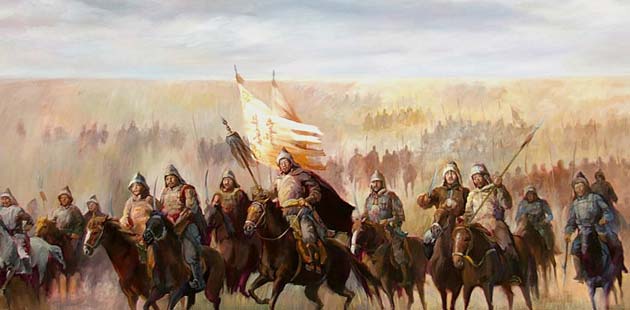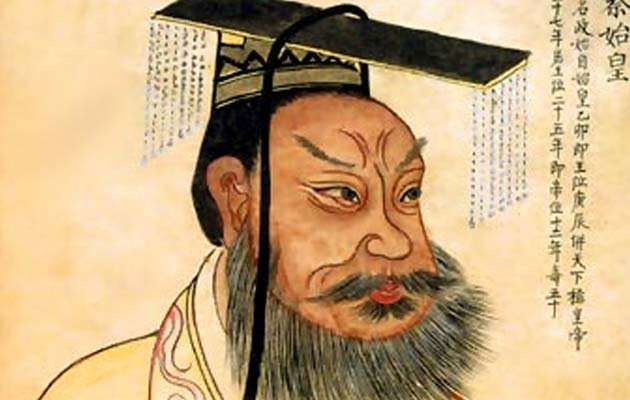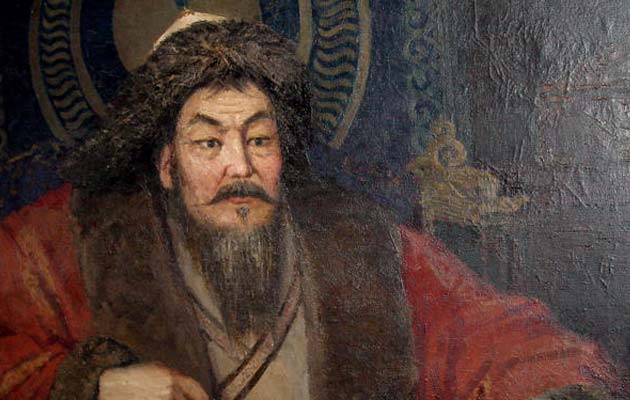3 Rulers who went to death in style

We've all heard the phrase "you can not take it with you to the grave," but some rulers in history have proven to be the opposite. All their property, together with the servants and the army, was buried with them so that their luxurious life could continue after death.
3. Queen Puab from Sumerian City Ur
Today about Puab we have very little knowledge , except that it she has lived and died somewhere in the 26th or 25th century BC. When her tomb was discovered in the 1920s, many treasures were found in her, but also people. The tomb of this queen is considered one of the most valuable in the world.
Among the artefacts there was also a complicated head decoration made of gold leaf, a comb of dry gold, a dress covered with jewels ... as well as many other valuable items. Of course, Puabi did not go to the rear of the world alone. Together with her, 52 servicemen were buried and found to have been poisoned, but it is not certain whether they have been poisoned by voluntary or under duress.
2. Chinese emperor Ch'in Shih Huang Ti

In Chinese culture, death and dying are perceived as just another phase of life. So it is no wonder the emperors and other nobles have funeral chambers designed to maintain wealth and prosperity.
Some graves are so complex that the construction begins on the same day as the car crowns. One such case is emperor Ch'in Shih Huang Ti. Construction on his tomb began when he was crowned (then he was 13 years old).
His tomb was filled with food supplies and luxurious cutlery, pets - and of course (dead) servants. Fortunately, most of his servants and animals were eventually spared and replaced by the world-famous army from Terracotta. The practice of human and animal victims was eventually completely lost thanks to the continued objections of prominent philosophers, such as Confucius.
1. Genghis-khan

They all heard of it - the most terrible ruler of the 13th century who left behind dust and ashes (literally). The villages and towns through which Genghis-khan passed the rest were only desolation, because all their orders had to be destroyed in those places, even the roaches.
If you wonder how this ruler left this world, the answer is of course - in style.
On Aug. 18, 1227, Genghis-khan was accompanied to death by 2,500 followers and 400 bodyguards (soldiers). When the procession arrived at a remote mountainous place in Mongolia, 40 virgins were killed first to provide Khan a pleasure in the afterlife. Then at the end of the funeral ceremony, 400 soldiers killed all 2,500 members of the parade.
When 400 soldiers returned to the capital, they were immediately killed by another group of soldiers so no one could find out where the last reef of the Great Genghis khana was. Yet somebody survived this massive massacre. One camel was left in her life because she was able to find the way to the tomb, and if the family wanted to visit the Genghis khan grave, the camel would take them. When they went to visit the tomb, the family had to have their eyes tied, because if they saw her, she was found and they would have been executed.
Thank you for reading! If you like please upvote, resteem and follow @krispee